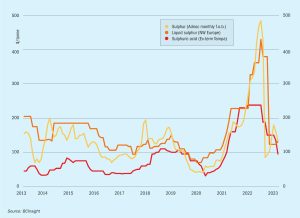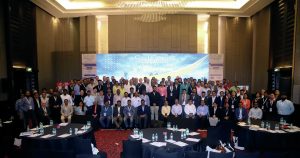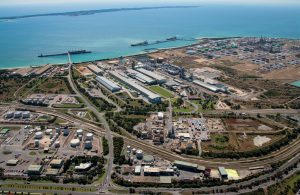People
BASF has announced some changes to its leadership team. The company has appointed Dr. Stephan Kothrade , President, Intermediates, as a member of the board of executive directors from March 1st, 2023. Stephan Kothrade has been with BASF since 1995 and has led BASF’s Intermediates division since 2022. Dr. Kurt Bock, Chairman of the Supervisory Board said: “Stephan Kothrade has proven himself in several leadership roles in Germany and abroad. He has worked successfully for many years at our Verbund sites in Europe and Asia and will complement the Board of Executive Directors in an excellent way.” Kothrade succeeds Saori Dubourg , who left the company as from February 28, 2023, by mutual agreement. The board thanked Dubourg for her successful work and wished her all the best for her future career.








